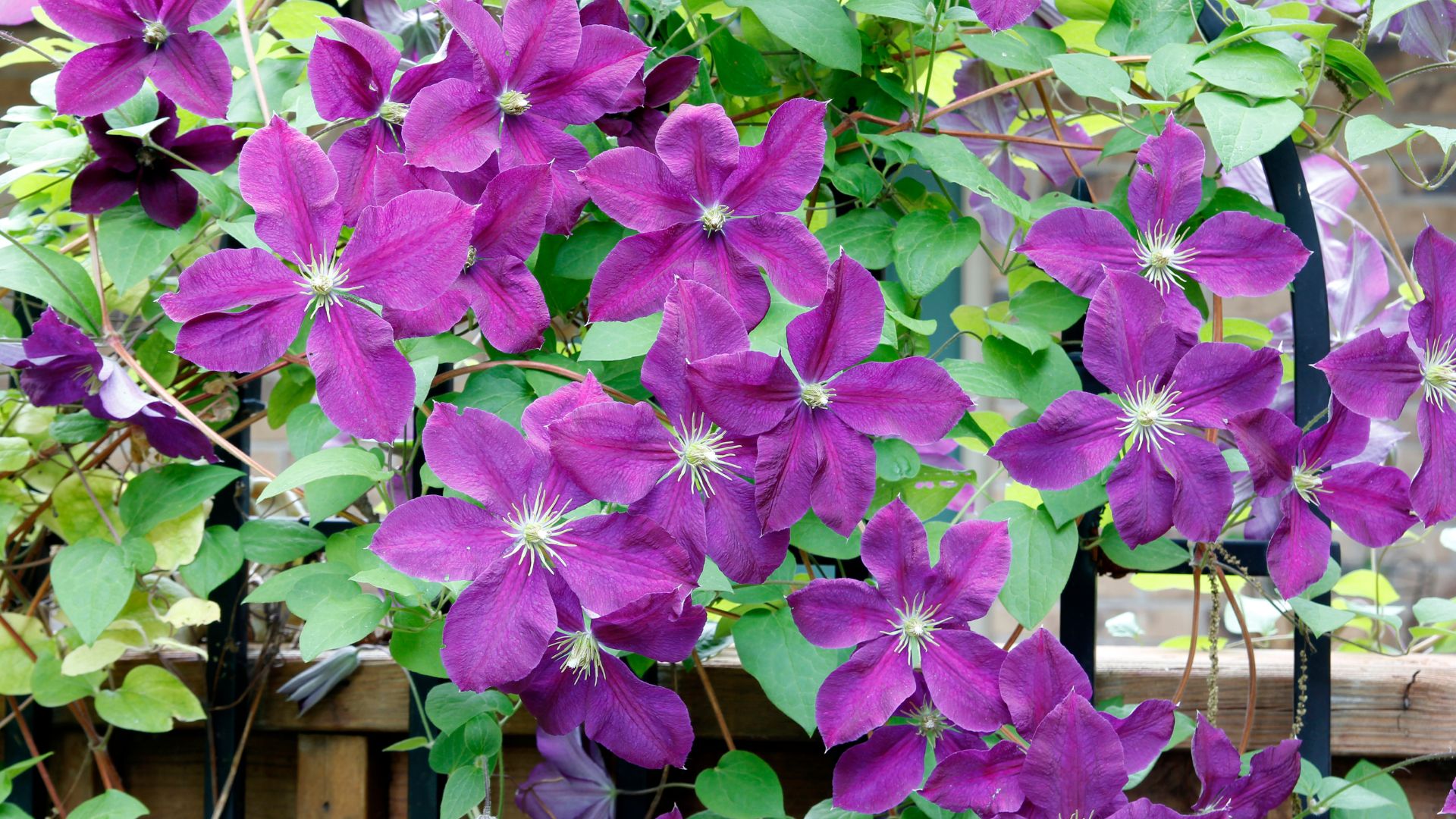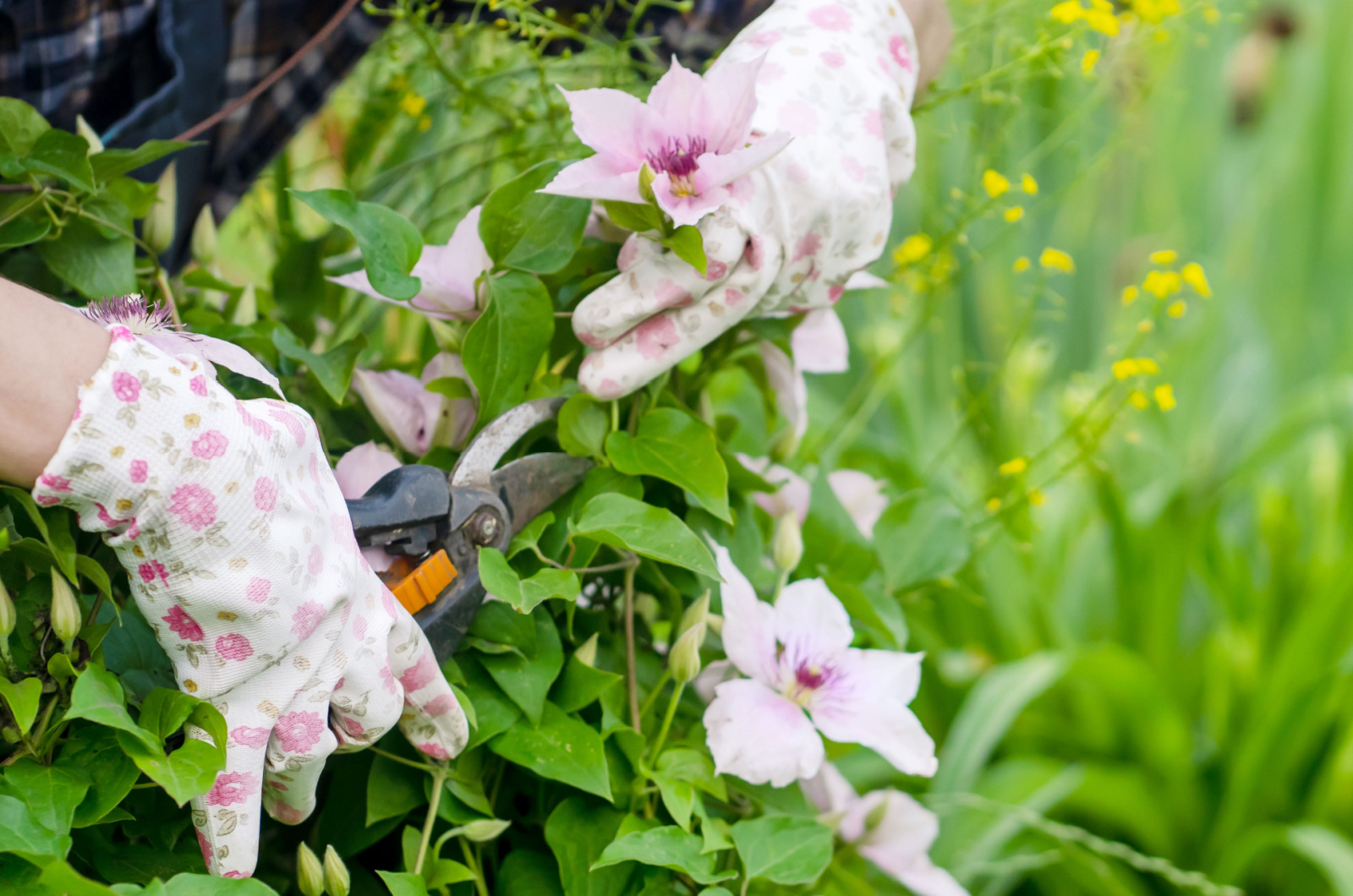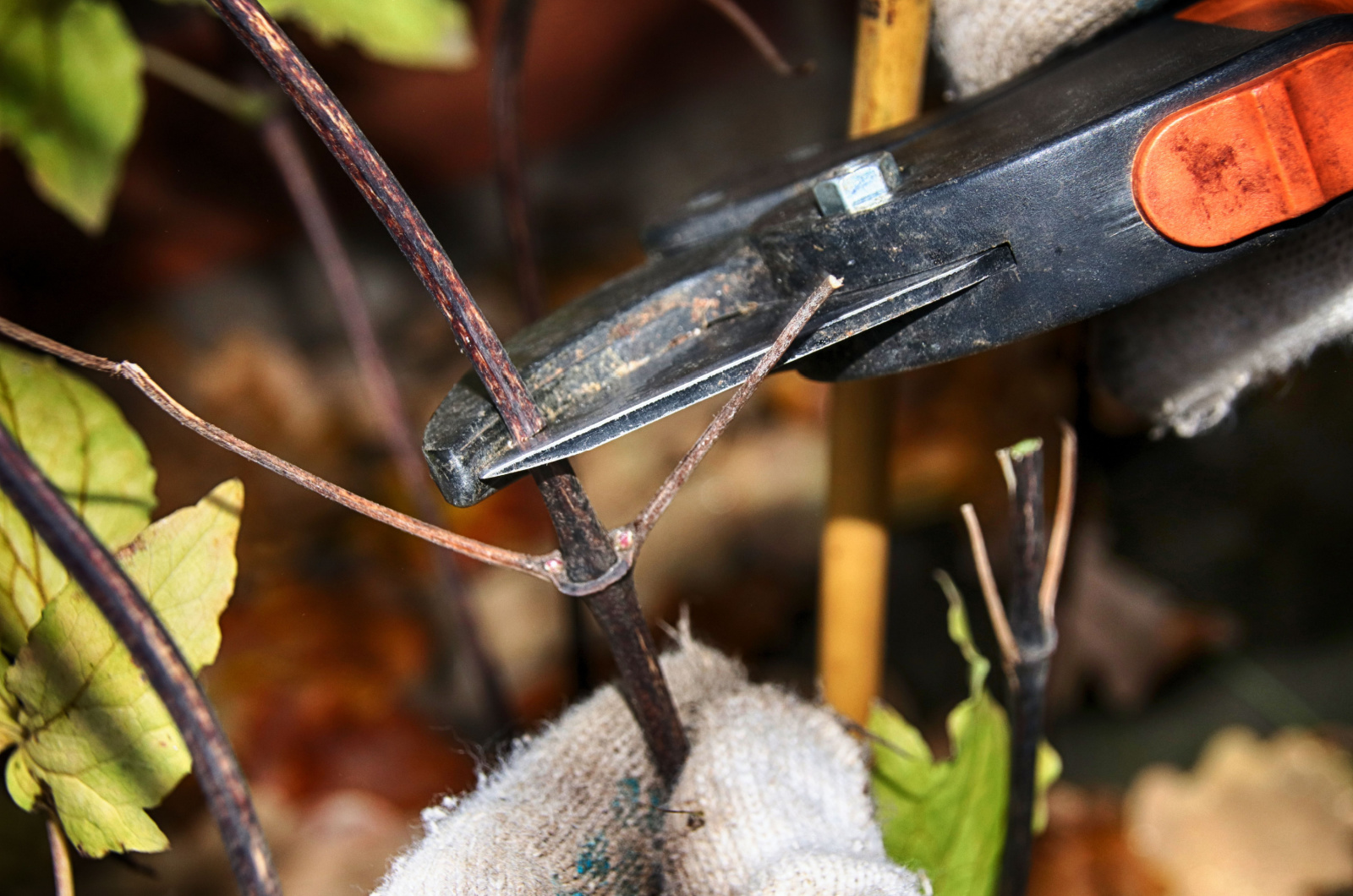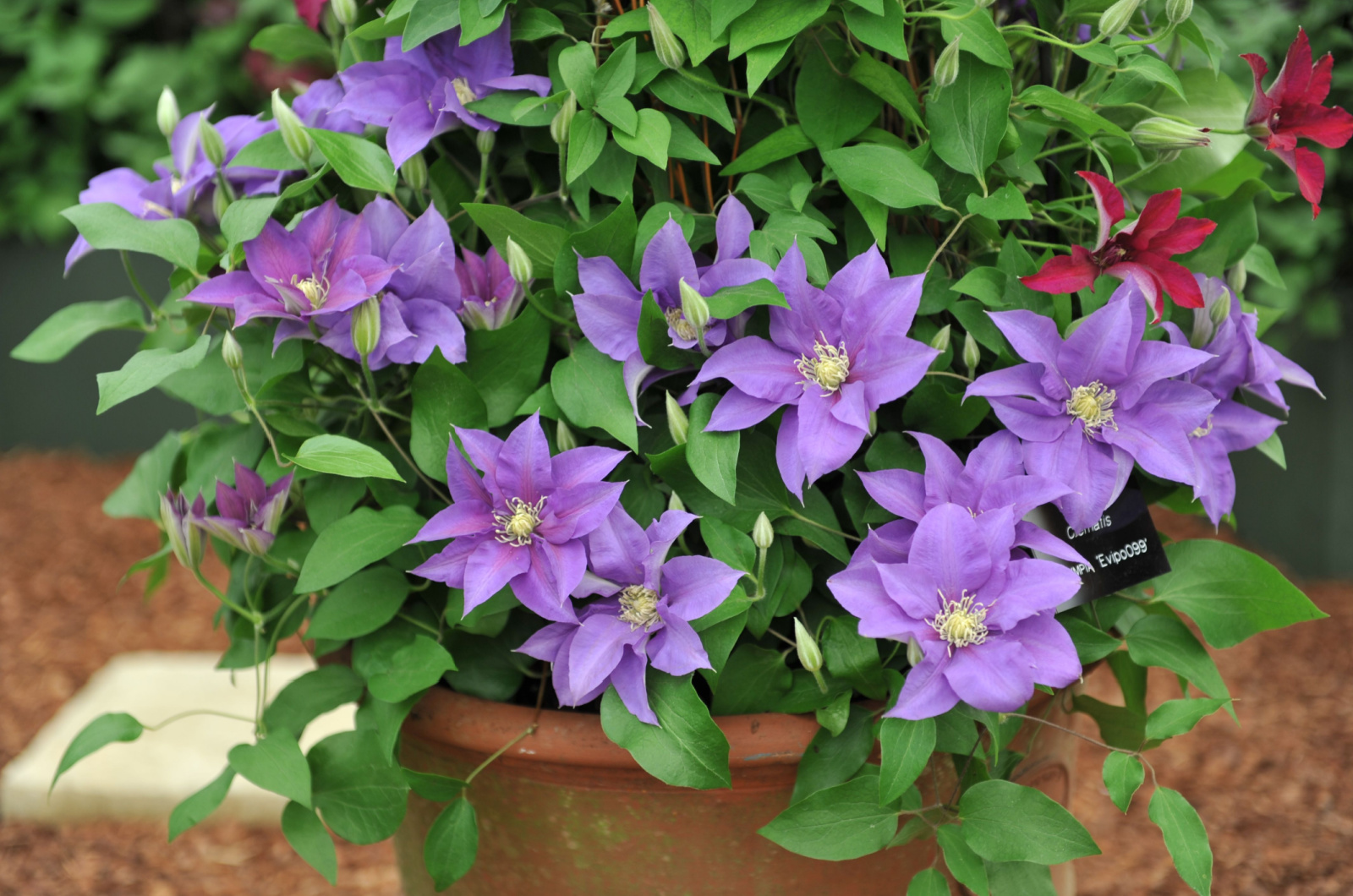Clematis is a gorgeous plant that needs pruning just like every other flower. But what is the best time to trim it?
Should you cut it back before winter or leave this chore for spring?
Well, it depends. We group clematis plants into three categories, depending on their pruning preferences. Do this job at the wrong time, and you risk harming your plant.
Here are the basics of pruning clematis and preparing it for winter.
Let’s get started!
Should You Prune Clematis For Winter?
It depends on the variety. You should only prune clematis plants that belong to group 3. Give them a trim at the end of winter or the start of spring.
If you neglect this chore, your plant will be full of single stems that only flower at the top. So… not that attractive.
Luckily, there are many tips on how and when to prune clematis that will help you avoid this issue.
When And How To Prune Clematis In Winter
The group 3 clematis plants bloom on new growth. That’s why it’s a good idea to remove the old shoots before the new ones start to emerge.
The exact pruning time depends on your climate and your plants’ growing conditions. In general, we cut back clematis plants in late winter or early spring.
Once you notice your plant producing new shoots, you can remove the old ones. This will help your plant recover and flourish.
Cutting your clematis then will encourage it to grow vigorously and keep it healthy. It will keep your plant in check, maintain proper shape, and prevent overgrowth.
All this means you’ll get plenty of flowers that are visible instead of hidden behind entangled stems.
Prune your group 3 clematis about a foot from the ground. Cut the shoots all the way to the emerging buds. And make sure not to damage the new growth.
And while it’s the group 3 clematis that needs winter pruning, the group 2 varieties can also enjoy a light prune at this time. Take a pair of clean gardening scissors and get to work.
First remove damaged, diseased, or weak growth. Then, shorten the shoots back to the strongest buds.
Finally, don’t prune your clematis too early. Late fall or early winter trimming may result in a flush of new growth. These stems are weak and can’t survive the upcoming winter. Their dieback will weaken your entire plant and make it less cold-hardy.
The rotting growth can also harbor various fungi and bacteria. They will cause plant diseases, so it’s best to prevent their appearance in the first place.
Clematis Winter Preparation
Most clematis plants thrive in USDA hardiness zones 4-9. They can tolerate cold conditions, but you can try growing clematis in pots and moving them indoors come winter.
Remember, a potted clematis is more prone to cold damage. That’s because there isn’t enough soil to insulate the roots. The good news is that you can move the containers indoors or wrap them in fleece or burlap.
Additionally, you can mulch your in-ground clematis with organic material to insulate the soil and keep its roots warm. Using too much mulch is bad for your plants – 2-4 inches is quite enough.
Don’t place mulch too close to the stems. It can retain moisture and lead to rotting.




